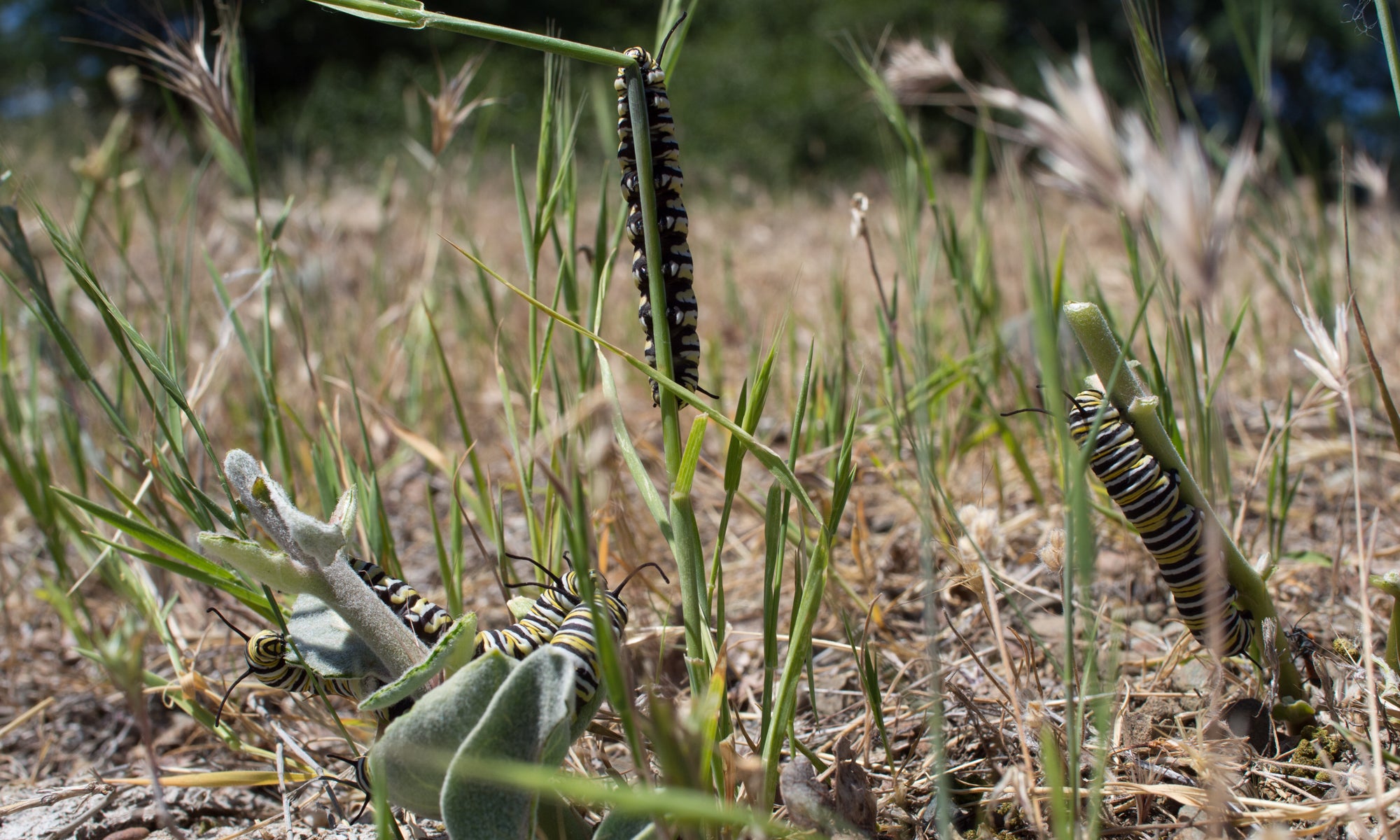Louie H. Yang, Karen Swan, Eric Bastin, Jessica Aguilar, Meredith Cenzer, Andrew Codd, Natalie Gonzalez, Tracie Hayes, August Higgins, Xang Lor, Chido Macharaga, Marshall McMunn, Kenya Oto, Nicholas Winarto, Darren Wong, Tabatha Yang, Numan Afridi, Sarah Aguilar, Amelia Allison, Arden Ambrose-Winters, Edwin Amescua, Mattias Apse, Nancy Avoce, Kirstin Bastin, Emily Bolander, Jessica Burroughs, Cristian Cabrera, Madeline Candy, Ariana Cavett, Melina Cavett, Lemuel Chang, Miles Claret, Delaney Coleman, Jacob Concha, Paxson Danzer, Joe DaRosa, Audrey Dufresne, Claire Duisenberg, Allyson Earl, Emily Eckey, Maddie English, Alexander Espejo, Erika Faith, Amy Fang, Alejandro Gamez, Jackelin Garcini, Julie Garcini, Giancarlo Gilbert-Igelsrud, Kelly Goedde-Matthews, Sarah Grahn, Paloma Guerra, Vanessa Guerra, Madison Hagedorn, Katie Hall, Griffin Hall, Jake Hammond, Cody Hargadon, Victoria Henley, Sarah Hinesley, Celeste Jacobs, Camille Johnson, Tattiana Johnson, Zachary Johnson, Emma Juchau, Celeste Kaplan, Andrew Katznelson, Ronja Keeley, Tatum Kubik, Theodore Lam, Chalinee Lansing, Andrea Lara, Vivian Le, Breana Lee, Kyra Lee, Maddy Lemmo, Scott Lucio, Angela Luo, Salman Malakzay, Luke Mangney, Joseph Martin, Wade Matern, Byron McConnell, Maya McHale, Giulia McIsaac, Carolanne McLennan, Stephanie Milbrodt, Mohammed Mohammed, Morgan Mooney-McCarthy, Laura Morgan, Clare Mullin, Sarah Needles, Kayla Nunes, Fiona O’Keeffe, Olivia O’Keeffe, Geoffrey Osgood, Jessica Padilla, Sabina Padilla, Isabella Palacio, Verio Panelli, Kendal Paulson, Jace Pearson, Tate Perez, Brenda Phrakonekham, Iason Pitsillides, Alex Preisler, Nicholas Preisler, Hailey Ramirez, Sylvan Ransom, Camille Renaud, Tracy Rocha, Haley Saris, Ryan Schemrich, Lyla Schoenig, Sophia Sears, Anand Sharma, Jessica Siu, Maddie Spangler, Shaili Standefer, Kelly Strickland, Makaila Stritzel, Emily Talbert, Sage Taylor, Emma Thomsen, Katrina Toups, Kyle Tran, Hong Tran, Maraia Tuqiri, Sara Valdes, George VanVorhis, Sandy Vue, Shauna Wallace, Johnna Whipple, Paja Yang, Meg Ye, David Yo, Yichao Zeng
Abstract
Seasonal windows of opportunity are intervals within a year that provide improved prospects for growth, survival, or reproduction. However, few studies have sufficient temporal resolution to examine how multiple factors combine to constrain the seasonal timing and extent of developmental opportunities. Here, we document seasonal changes in milkweed (Asclepias fascicularis)–monarch (Danaus plexippus) interactions with high resolution throughout the last three breeding seasons prior to a precipitous single-year decline in the western monarch population. Our results show early- and late-season windows of opportunity for monarch recruitment that were constrained by different combinations of factors. Early-season windows of opportunity were characterized by high egg densities and low survival on a select subset of host plants, consistent with the hypothesis that early-spring migrant female monarchs select earlier-emerging plants to balance a seasonal trade-off between increasing host plant quantity and decreasing host plant quality. Late-season windows of opportunity were coincident with the initiation of host plant senescence, and caterpillar success was negatively correlated with heatwave exposure, consistent with the hypothesis that late-season windows were constrained by plant defense traits and thermal stress. Throughout this study, climatic and microclimatic variations played a foundational role in the timing and success of monarch developmental windows by affecting bottom-up, top-down, and abiotic limitations. More exposed microclimates were associated with higher developmental success during cooler conditions, and more shaded microclimates were associated with higher developmental success during warmer conditions, suggesting that habitat heterogeneity could buffer the effects of climatic variation. Together, these findings show an important dimension of seasonal change in milkweed–monarch interactions and illustrate how different biotic and abiotic factors can limit the developmental success of monarchs across the breeding season. These results also suggest the potential for seasonal sequences of favorable or unfavorable conditions across the breeding range to strongly affect monarch population dynamics.
Ecology and Evolution

